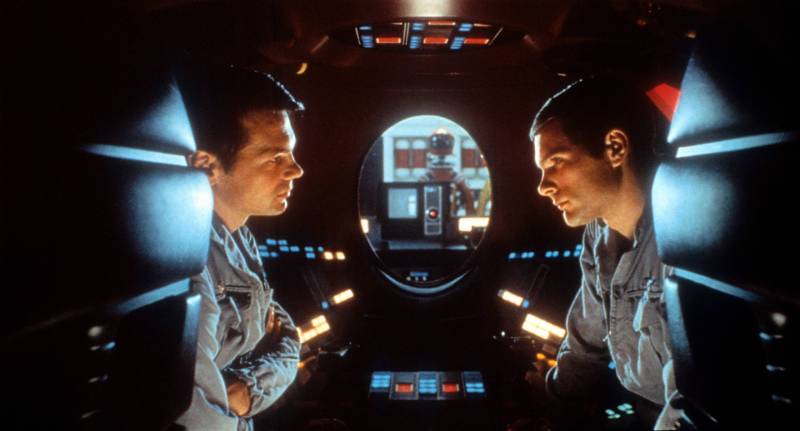Over tens of thousands of years, Butler wondered, might humans not evolve in much the same way Darwin’s study of natural selection had just established the rest of the plant and animal kingdoms do, to the point that we would become dependent on our devices?
But even when he incorporated that idea a decade later into a satirical novel called Erewhon, expounding for several chapters on self-replicating machines, Butler barely touched on the notion that those machines would develop consciousness. And neither did the influential 19th-century science fiction writers who followed him. H.G. Wells and Jules Verne invented plenty of unorthodox devices as they sent characters to the center of the Earth, and into space and the recesses of time, without ever considering that those devices might want to do things on their own.
The term “artificial intelligence” wasn’t even coined (by American computer scientist John McCarthy) until about a dozen years before Kubrick made his Space Odyssey. But HAL made an impression on the public where scientists had not. Within just a couple of years, movie computers didn’t just want spaceship domination; in Colossus: The Forbin Project (1970), they wanted to take over the world.
Malignant machines gone viral
And then this notion of technology-run-wild, ran wild. A high school student played by Matthew Broderick nearly started World War III in WarGames (1983) when he thought he was hacking a computer company but accidentally challenged the Pentagon’s defense network to a quick game of “global thermonuclear war.” The problem, it soon became clear, was that no one told the defense network they were just “playing.”
Elsewhere, mechanical men stopped being all-brawn and got a new dispensation to think for themselves, something fiction had granted them before Hollywood got around to it.
In the 1940s, sci-fi novelist Isaac Asimov came up with “Three Laws of Robotics” that would theoretically keep “independent” machines in line. When Asimov’s story I, Robot, was turned into a film a half-century or so later, those laws should have reassured Will Smith as he stared down thousands of bots. But he had good reason to be skeptical; he was fighting a robot rebellion.
The Terminator movies effectively put all these themes on steroids — cyborgs in the service of a computerized, sentient, civil-defense network called Skynet, designed to function without any human input. A “Nuclear Fire” and three billion human deaths later, what was left of humanity was engaged in a war against the machines that has so far consumed six films, a TV series, a pair of web series, and innumerable games.
And nuclear blasts weren’t necessary to make machine intelligence alarming, a fact cyberpunk-noir established definitively in Blade Runner with its “replicants,” and in a Matrix series that reduced all of humanity to a mere power source for machines.

9(MDAxOTAwOTE4MDEyMTkxMDAzNjczZDljZA004))

